After the Fire: Resignations and Injuries Among Nepal’s Political Class
The youth-led uprising of September 2025 was not just about burning buildings and mass protests. It shook the very foundation of Nepal’s political establishment. For the first time in years, several top leaders faced direct public backlash so intense that some were forced to resign from their posts, while others were injured or humiliated in the streets.
Leaders Who Resigned Under Pressure
- Cabinet Ministers and State Ministers – In the days after Singha Durbar and other key government buildings were torched, at least a handful of ministers offered their resignations. The public outcry made it nearly impossible for them to continue in office. Critics say these resignations were less about accountability and more about survival.
- Provincial Leaders – Some chief ministers and provincial cabinet members also stepped down after protesters stormed and burned provincial offices. Their departure highlighted the scale of discontent that had spread beyond Kathmandu.
- Party Officials – Several second-tier leaders within the ruling and opposition parties quietly resigned from their posts, fearing both public anger and internal blame games within their parties.
The resignations, though symbolically powerful, left many citizens skeptical. Protesters demanded systemic change, not just a few political faces stepping aside.
Politicians Injured and Attacked
- Street Clashes – During the height of the protests, multiple politicians were cornered by mobs. Reports confirmed that some were beaten, pelted with stones, and physically manhandled by angry demonstrators.
- Hospitalised Leaders – A few prominent figures required hospitalisation after sustaining injuries. Images of bruised and shaken politicians circulated widely on social media, becoming symbols of how far public trust had eroded.
- Targeting of Convoys – Protesters attacked convoys of high-profile leaders, smashing vehicle windows and dragging officials into chaotic confrontations.
The scenes were shocking but also telling: politicians, once insulated by layers of security, suddenly found themselves face-to-face with the fury of the very people they were meant to serve.
What It Means
These resignations and attacks marked a rare moment of direct accountability in Nepali politics albeit forced, chaotic, and painful. While critics warn that mob justice is dangerous, supporters argue that Nepal’s political elite had long ignored peaceful calls for reform.
For now, the scars remain both physical and political. The protests revealed just how fragile the public’s patience has become, and how vulnerable even the most powerful leaders can be when trust in governance collapses.
Share this content:
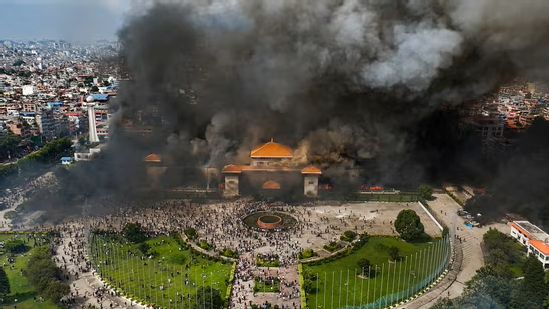

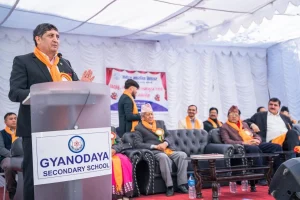
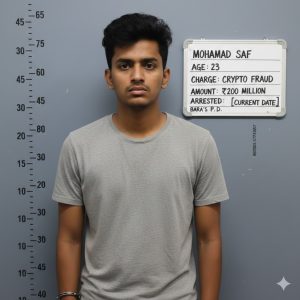
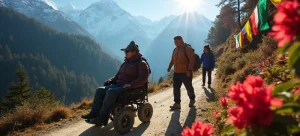
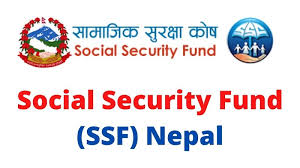
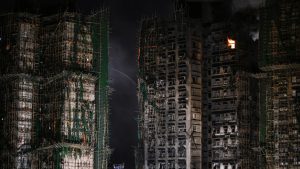

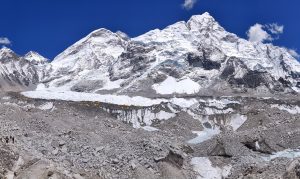


Post Comment